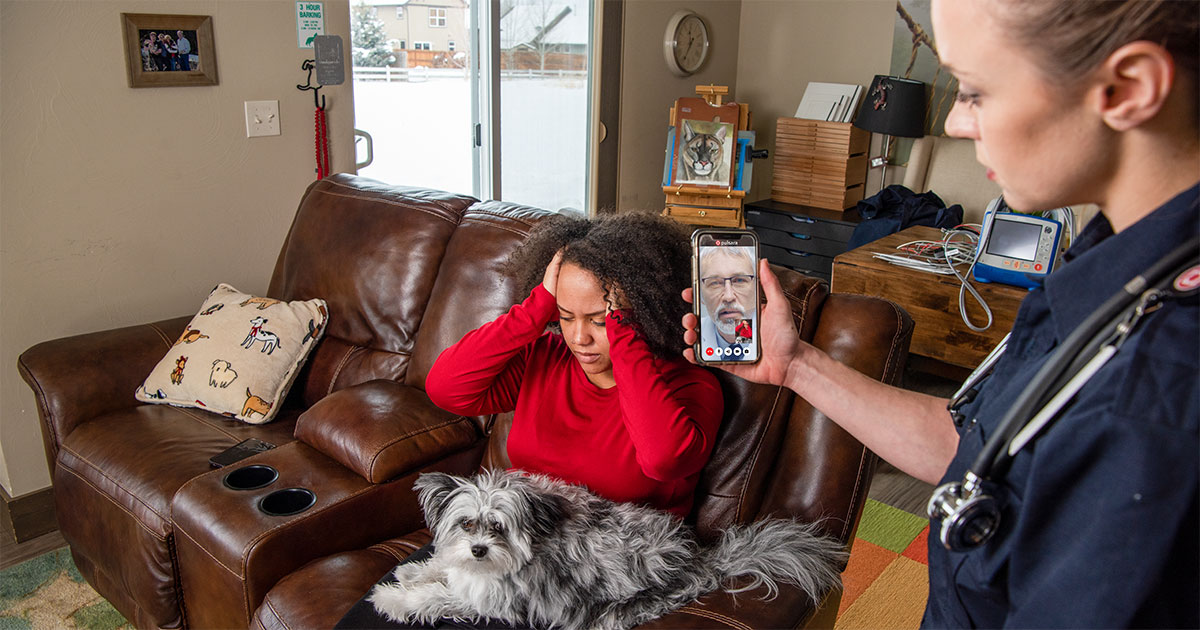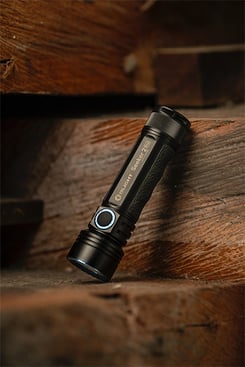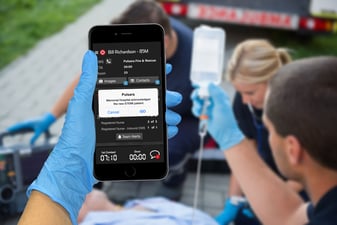Pulsara Around the World - 2025 Recap and January 2026
December Recap After an incredibly busy events year with 102 conferences, trade shows, and sponsorships, December was on the slower side for us, with...

EDITOR'S NOTE: Special thanks to Scott Stanley for writing today's blog post. You can connect with him on LinkedIn.
Last night, my wife and I were joyfully binge watching one of our favorite shows when the power went out. There was no inclement weather; just a sky full of stars. It did, however, leave us in a pitch-black living room. I stood from the couch where we were sitting, walked into the kitchen, and retrieved a flashlight. I did this without being able to see anything, and, more importantly, without injury to any of my toes. I didn't even bump into a wall, despite not being able to see a thing.
 How, you may ask? Well, I've made that walk thousands of times since we moved into our house. My mind knew what path to take, when to turn, and when to stop, almost as if I were on cruise control. If I were at a relative's house or on vacation in a house I had only been present in a day or two, I definitely would not have been able to do that.
How, you may ask? Well, I've made that walk thousands of times since we moved into our house. My mind knew what path to take, when to turn, and when to stop, almost as if I were on cruise control. If I were at a relative's house or on vacation in a house I had only been present in a day or two, I definitely would not have been able to do that.
Come to think of it, this is a pretty good analogy for using the Pulsara platform for all patient types. When you utilize the full functionality of the platform on a daily basis, you become more accustomed to the workflow, which makes it a more natural response during a crisis. So when times get stressful, or the patient is critical, it's become second nature for you to enter that multisystem trauma patient into Pulsara quickly and smoothly, making it easy for you to pass along vital information to the receiving hospital.
If Pulsara is only utilized for stroke or STEMI, and those cases only happen once every couple of shifts, you won't have as much of an opportunity to build that muscle memory. The stress level may be high and frustrating. It'll be like walking through Aunt Betty’s house barefoot in the dark—you are likely to kick something and hurt your toes.
 Communicating through Pulsara for every patient type builds muscle memory. When you start a general patient case multiple times a day—whether it's for a patient with a stubbed toe from walking through Aunt Betty’s house in the dark, or for a time-sensitive STEMI or stroke patient—muscle memory will kick in, and communication will be seamless. This allows the patient care provider in the back of the ambulance to quickly communicate with the hospital through Pulsara, and then focus their attention on providing quality patient care.
Communicating through Pulsara for every patient type builds muscle memory. When you start a general patient case multiple times a day—whether it's for a patient with a stubbed toe from walking through Aunt Betty’s house in the dark, or for a time-sensitive STEMI or stroke patient—muscle memory will kick in, and communication will be seamless. This allows the patient care provider in the back of the ambulance to quickly communicate with the hospital through Pulsara, and then focus their attention on providing quality patient care.
It turns out that our power outage was caused by a car running into a utility pole. Thankfully, the EMS agency where I live does utilize Pulsara for all patient types. There were no serious injuries from the accident, and thanks to the muscle memory from walking from my living room to my kitchen thousands of times, the local fire/EMS department did not have to start a Pulsara case for a broken toe at my residence!
Want to learn more about how leading hospitals are using Pulsara for all patient types? Check out our case study with Latrobe Regional Hospital to hear how they're leveraging Pulsara for trauma and mental health.

December Recap After an incredibly busy events year with 102 conferences, trade shows, and sponsorships, December was on the slower side for us, with...

Editor's Note: In July 2025, EMS1 and Fitch & Associates released their annual EMS trend survey, What Paramedics Want, proudly sponsored by Pulsara....
![[PRESS RELEASE] Published Research Finds Up to 31% Faster STEMI Treatment Times in Rural Hospital Setting with Pulsara](https://www.pulsara.com/hubfs/_1_website-page-blog-assets/pulsara-hosp-teams-assign-cardio-stemi-rn-1200x701.jpg)
Published research shows how using Pulsara, alongside standardized field activation and a focus on stakeholder relationships, improves STEMI care and...